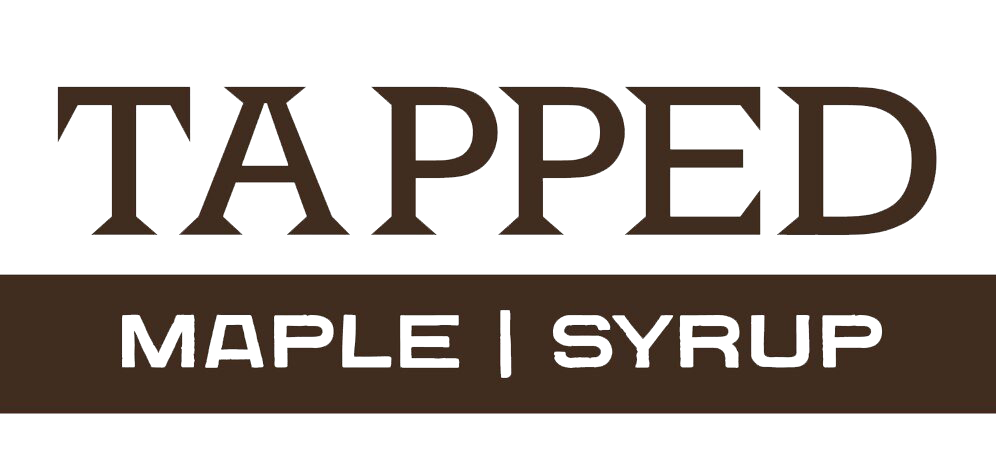On the Verge of Maple Syrup Season
The warmer temperatures are signaling the start to another maple syrup season. We’re preparing the sugarshack, buckets, spouts, tractor, and transportation and holding tanks. This time of year always seems to be a long time coming, and then suddenly here. Regardless of preparation, we are always scrambling to get ready to tap the trees.
Solins have been living on and making a living from this land at the base of the glacial moraine north of Antigo for five generations now. Making maple syrup is one way we are able to sustainably manage and care for our lands. During the time of my involvement with these lands (43 years), we have been in and out of commercial maple syrup production. But, some of my earliest memories as a kid were in our maples, hanging metal coffee cans off tin spouts pounded into a hole bored into the tree with an old brace-and-bit. We cooked our syrup out in the woods, and it was some of the most fun a kid could have. Enjoying the spring melt, the awakening of chipmunks, the return of ducks and sandhill cranes, and the early shoots of wild leeks. I got to see the forest wake up.
Now we are again back to (small) commercial production. This year we’ll hang about 800 buckets out in the woods, and hope for a good year with perfect sap-running weather. Maple sap runs when the nights are below freezing and the days are above freezing. This fluctuation in temperature causes pressure differences between the inside of the tree and the outside, forcing the sap out of the hole drilled into the tree (or any crack or broken branch). We don’t use vacuum suction on our trees so we are even more dependant on good conditions to produce sap. If things go well, we can expect to collect about 10 gallons of sap from each tap. That sap will be cooked down to about one quart of maple syrup (roughly 40 gallons of sap per gallon of syrup). However, the exact ratios depend on the sugar content of the sap. In our sugarbush, that ranges from about one and a half percent to nearly four depending on the year and the progression of the season, with higher sugar content happening earlier in the season.
Historically, our season started around April 1. The past two years, we have tapped the first weekend of March, and it looks like we will tap sometime in March again this year. That is pretty solid evidence of climate change, and is consistent with trends we expect from scientific models. No wonder it seems we have less time each winter to get ready!
Every sugarbush, and really every tree, produces unique maple syrup. The quality and grade of maple syrup is also influenced by the cooking process. We tend to produce dark, rich, and smokey flavored maple syrup.
Maple syrup is like most commodity products in that its production follows patterns influenced by price. Weather also plays an important role in production though, always creating uncertainty. As a trend though, maple syrup production has been increasing over the past 20 years in the United States. I believe there is lots more opportunity for growth. However, that growth is not likely to be seen in commodity maple syrup. I see the potential in specialty maple syrup products. And, that is why we have started Tapped Maple Syrup, LLC which focuses on infused and barrel-aged maple syrups. We start with our maple syrup and add high quality ingredients to infuse the flavor into the maple syrup before filtering out those ingredients prior to bottling. Currently we offer cardamom, cinnamon, espresso, ginger, ginseng, red pepper, and turmeric infused maple syrups. Similar to regular maple syrup, these be used to mix craft cocktails, flavor warm breakfast cereals, sweeten coffee or tea, or substitute for processed sugar in any recipe.
This is an amazing time of year to be out in the woods, and making maple syrup is one of the best way to experience it. And, in some small way, pouring that delicious syrup onto your pancakes or into a drink allows all that consume it a connection to the magic of the spring forest.
